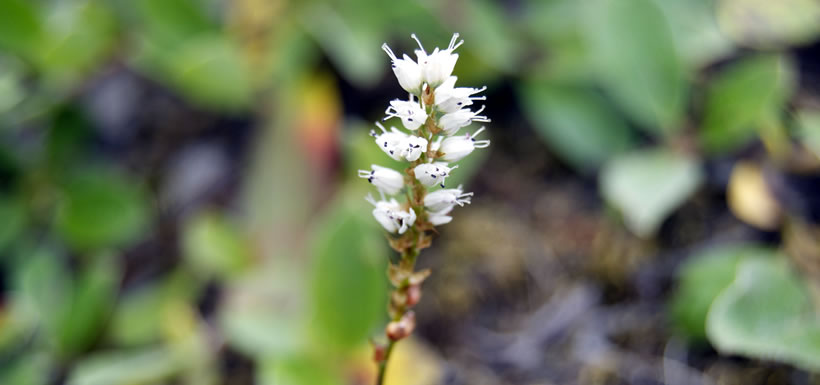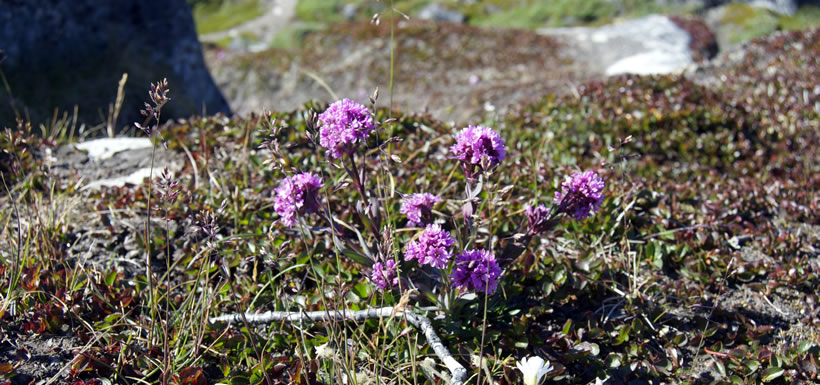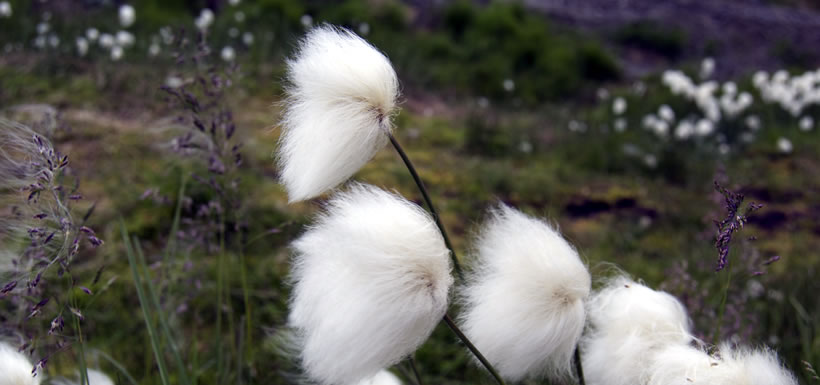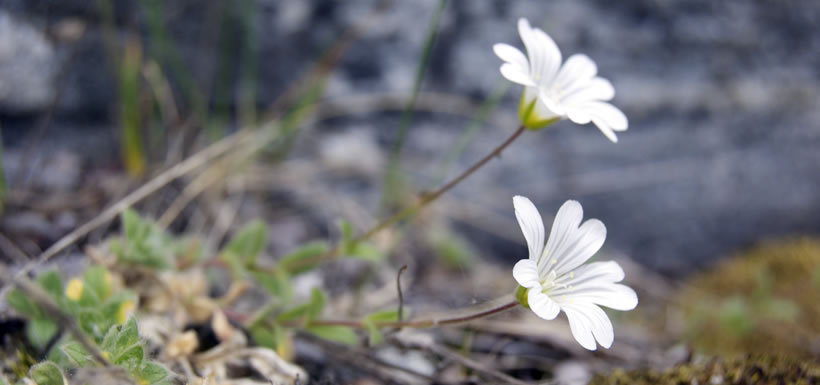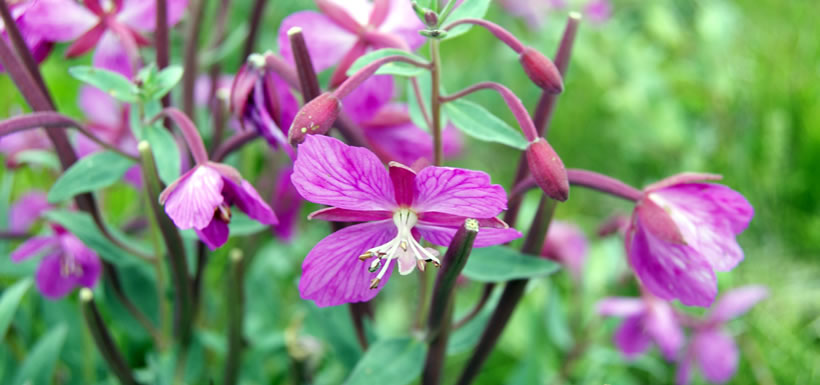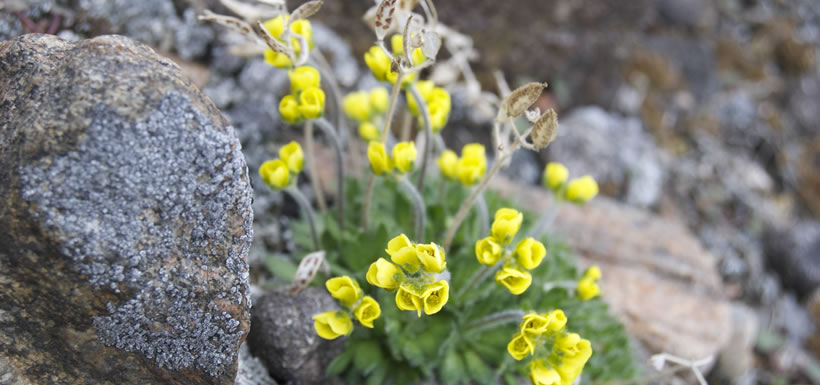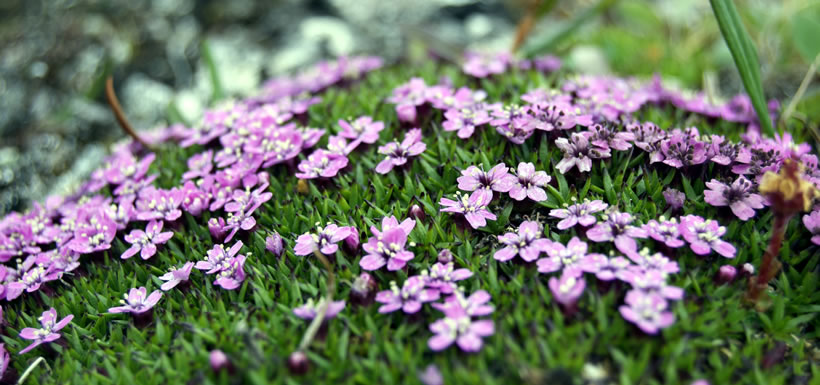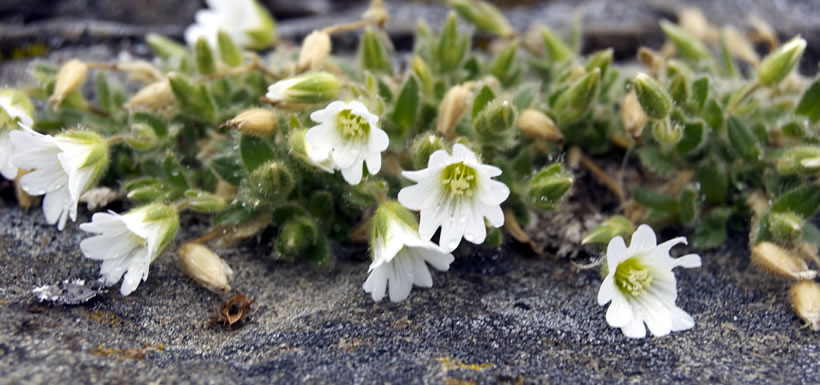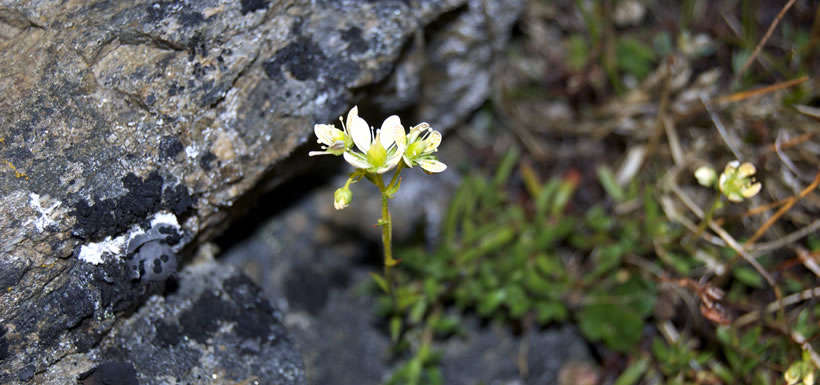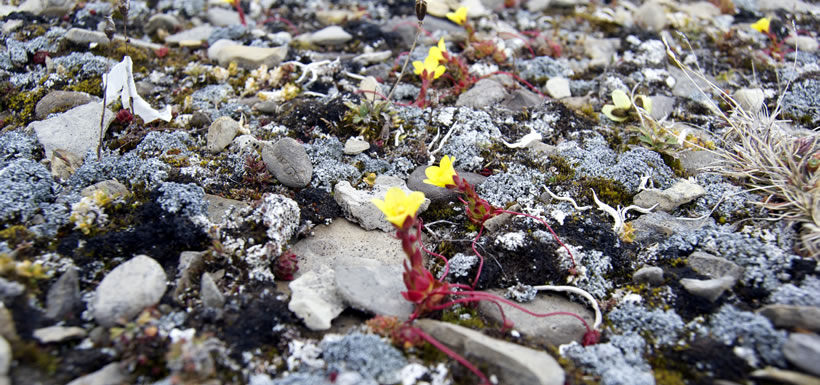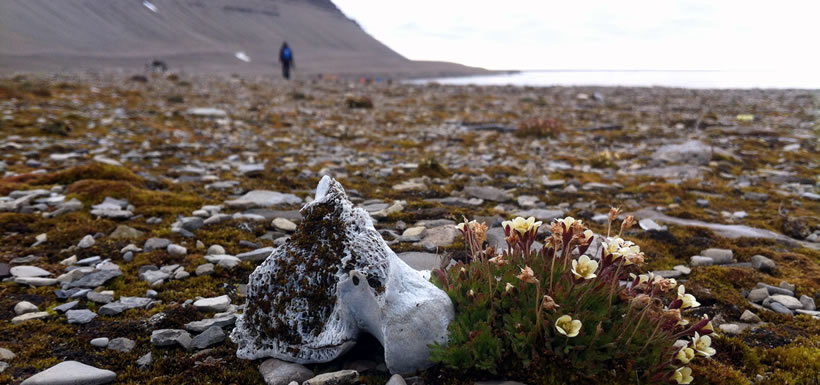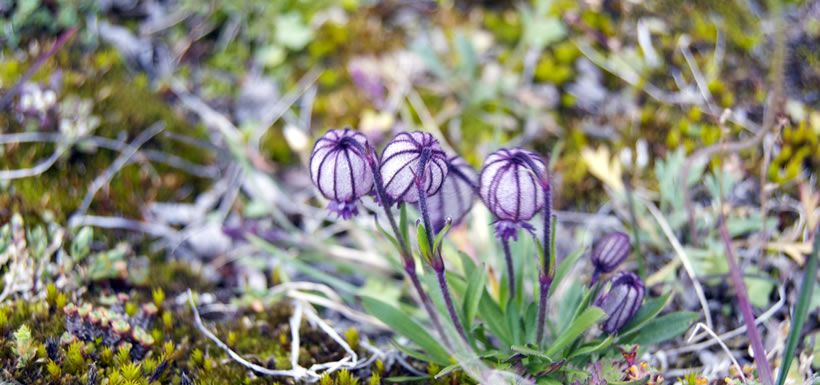Life on the tundra
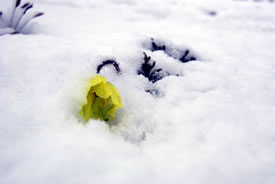
Arctic poppy in the snow (Photo by Teva Harrison)
Icebergs. Polar bears. Frozen expanses of windy rock & snow. Scurvy-riddled explorers. Dogsleds...
What do you picture when you think of the Arctic?
A few summers ago, I had the opportunity to travel north by ship into the Northwest Passage with Adventure Canada, from Greenland to Nunavut, and see for myself. A perspective-shifting, experience, to be sure; I was struck by the scale of things above the tree-line. The mountainous rocks. The endless sky. The sea. The ice.
All of this stunned me and inspired deep awe and wonder, but this was what I expected when I travelled north, into the Arctic Circle. What I didn’t expect was the delicate, dream-like carpet of tiny wildflowers blooming across the tundra. I was captivated by their beauty.
Every time we went to shore, I’d find myself lying flat with my camera, zooming in on their lovely details. And because Adventure Canada brings amazing resource staff on every trip, I was able to pepper Arctic plant specialist Carolyn Mallory and former Nature Conservancy of Canada Atlantic Board member professor Bill Freedman with my questions about every plant that caught my eye.
I am interested in foraging for edible plants, and when I asked, “What’s that? Can I eat it?” I learned that there are no poisonous plants in the Arctic. I wanted to taste them all. After watching my reactions with amusement, Carolyn humoured me by telling me which plants are traditionally eaten (and which aren’t) as I grazed and photographed my way across the North.
If you were wondering, dwarf fireweed and Arctic bluebells are the most delicious.
The Arctic is one of 11 landscapes featured in NCC’s gift giving campaign, Gifts of Canadian Nature. To learn more and to give the gift of conservation this holiday season, click here.

